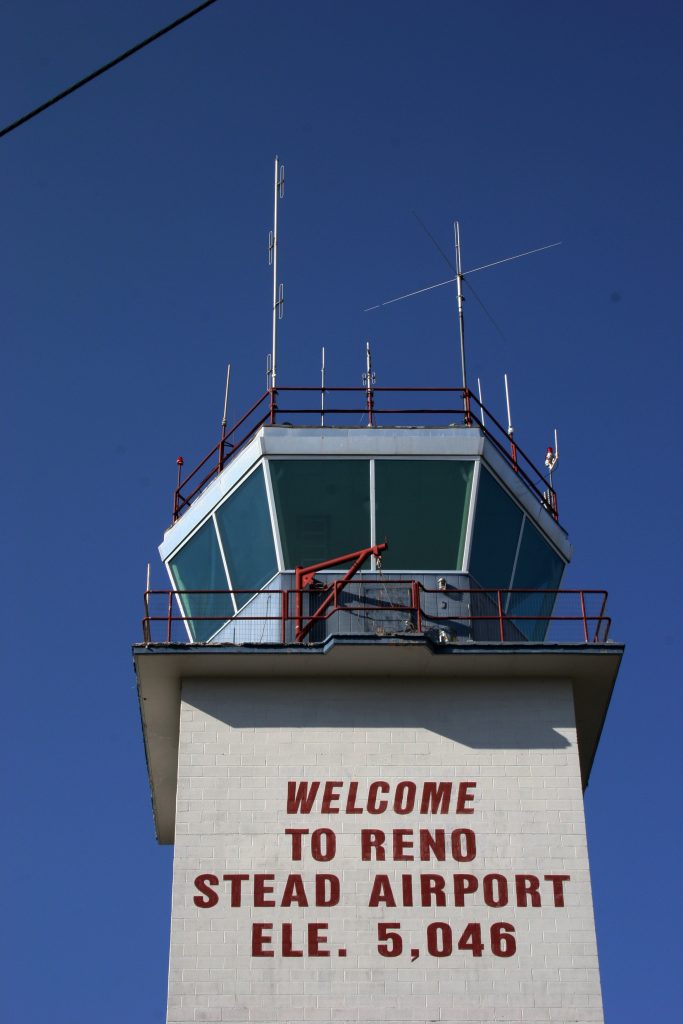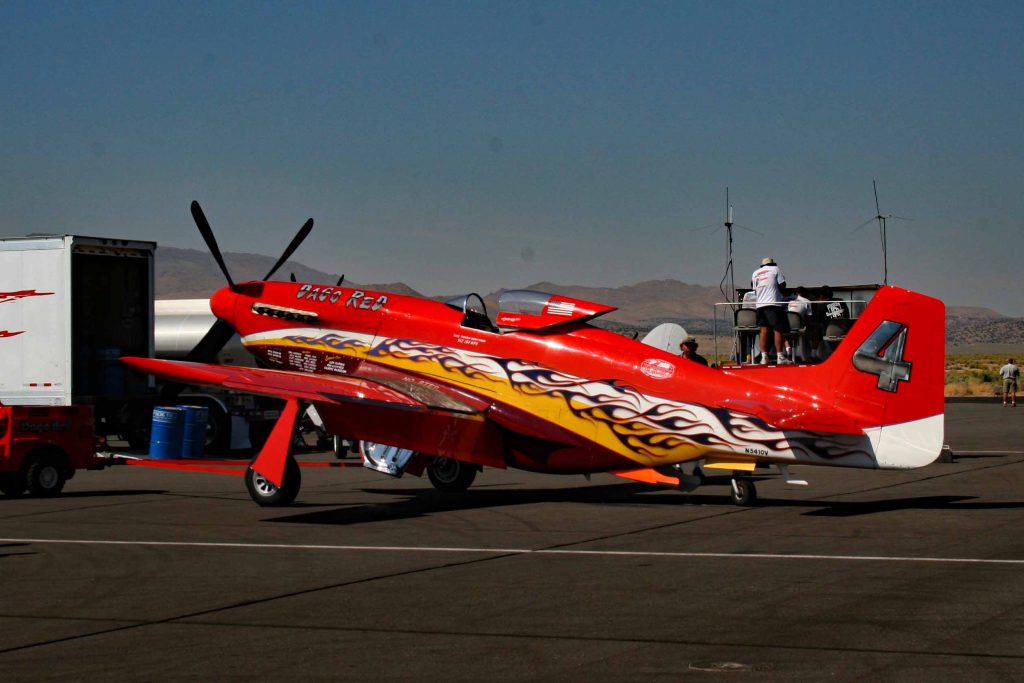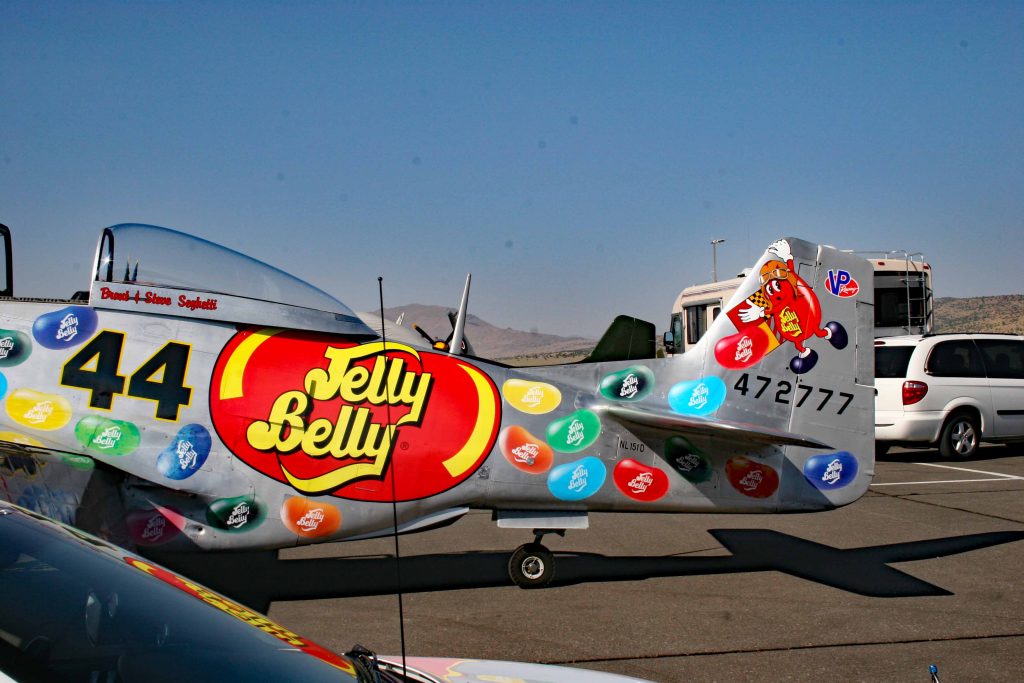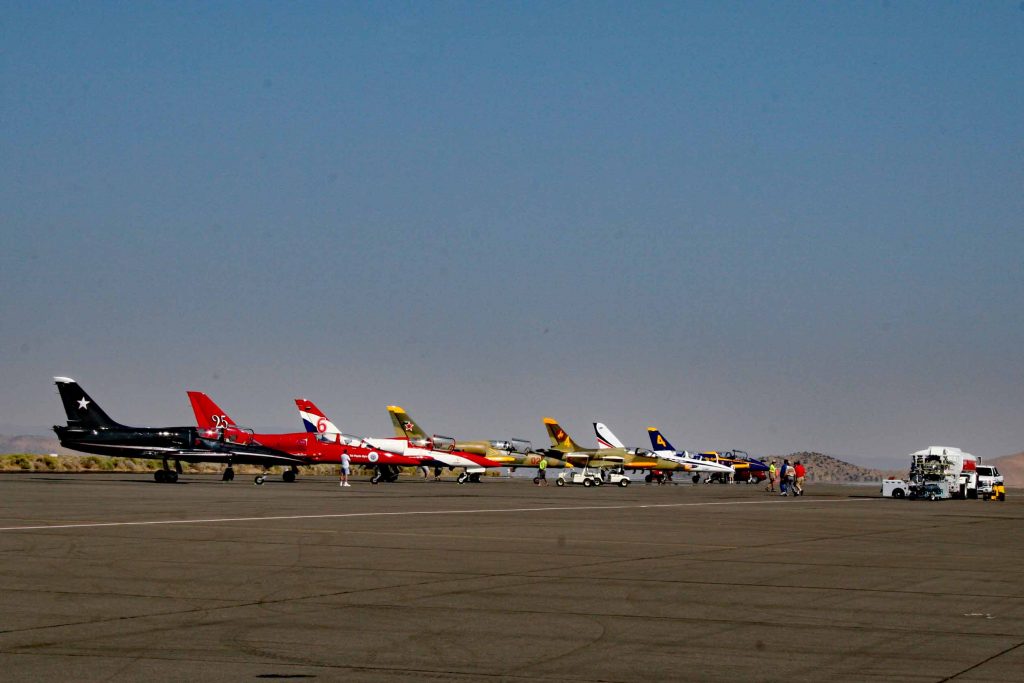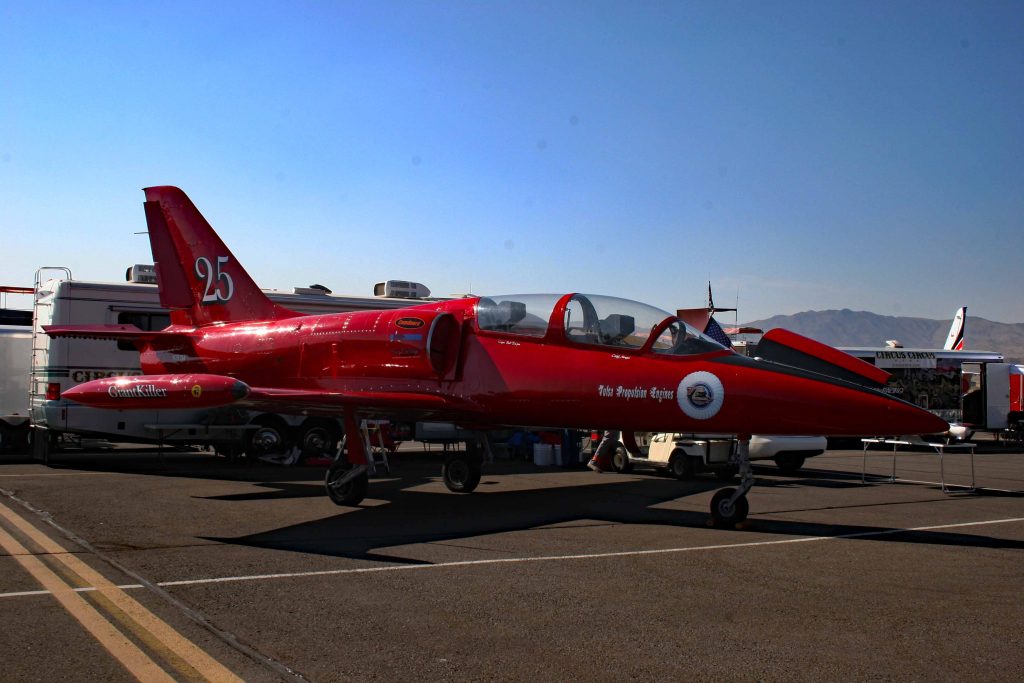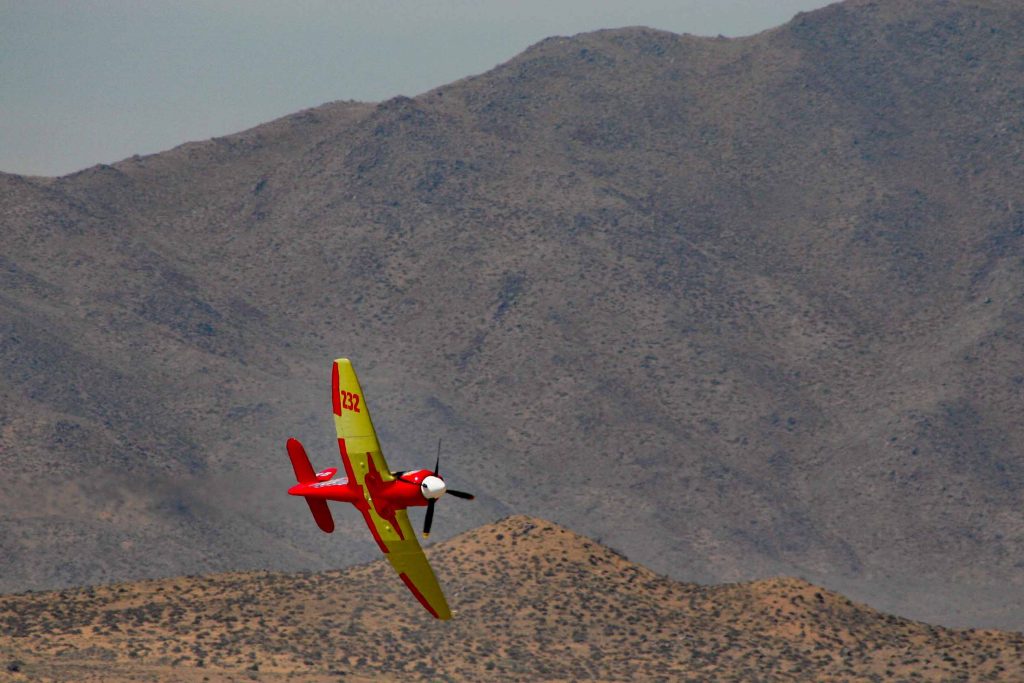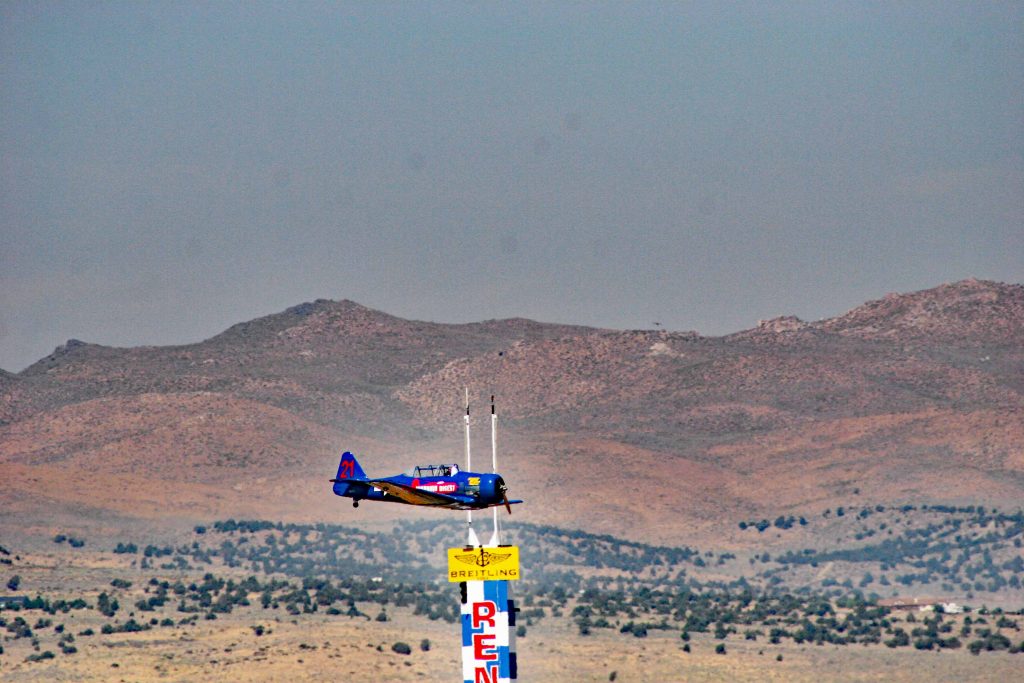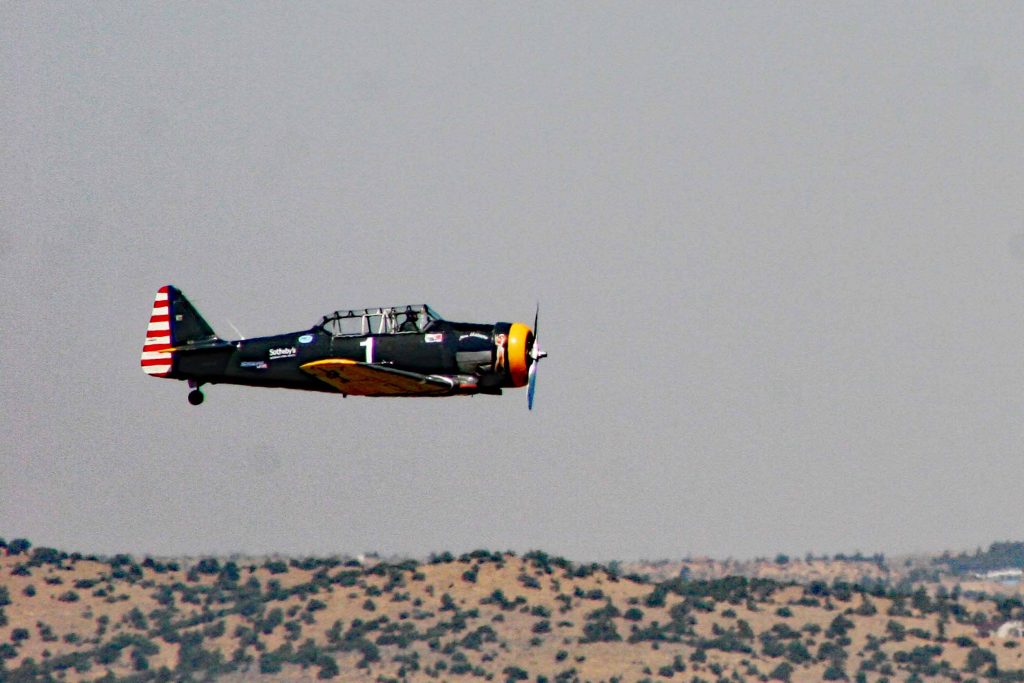Example Link | Example Link 2 | Example Link 3
Long before man could fly in the last two hundred years, civilization experimented. In 220 – 280 A.D., Zhuga Liang of the Shu Han kingdom used airborne lanterns for military signaling. Five hundred years later, a priest showed that a balloon filled with hot air could rise over 10 feet above the ground on August 9, 1709.
In France, experiments were being done with hydrogen and hot air in balloons. The Montgolfier brothers demonstrated an unmanned balloon flight on June 5, 1783. On August 27, 1783, Jacques Charles and the Robert brothers released a hydrogen filled balloon that flew for 45 minutes. The Montgolfier brothers launched a hot air balloon carrying a sheep, a duck, and a rooster on September 19, 1783. The balloon fly up to 1,200 feet above the ground and lasted 8 minutes. All three animals suffered no ill effects as a result of the flight. A month later a manned flight was completed with a Montgolfier brothers’ hot air balloon. The pilots/passengers were Marquis Francois d’Adlandes and de Rozier who petitioned to make this flight. The brothers were not on board. These two men feed a fire between them below the throat of the balloon with materials that made heavy thick smoke. The thought at the time was that the smoke raised the balloon and not the heat from the fire. The flight could have been hours, but these two individuals feared that the balloon was going to catch fire. In 25 minutes, the balloon traveled five miles. As Paul Harvey would say, the rest of the story is why contemporary balloon pilots share champagne upon landing. de Rozier and d’Adlandes brought bottles of wine with the crest of the king hoping that they would not be attacked upon landing. The wine bottles would identify them as men of the king rather than aliens. A prior balloon landing resulted in the balloon being destroyed by the persons where it landed. The hope was that the wine would protect them from being killed. The tradition continues.
Over a 100 years it took to transition from balloons to another form of flying craft. This occurred on the Outer Banks of North Carolina. This area was selected because of its remoteness, steady winds, and sand dunes. The Wright brothers could experiment in private. The place chosen was Kitty Hawk. There was a large sand hill. From this hill their crafts were launched. This hill is not in the same place it was in 1903. Today the Wright Brothers National Monument is the place of this first flight. On the sand dune is a monument to commemorate the birth of fixed wing aircraft. An airport, visitor center, and reconstructed buildings are also in Kitty Hawk.
KITTY HAWK
The following pictures start at the south end of memorial on the top of sand dune where the memorial stands.



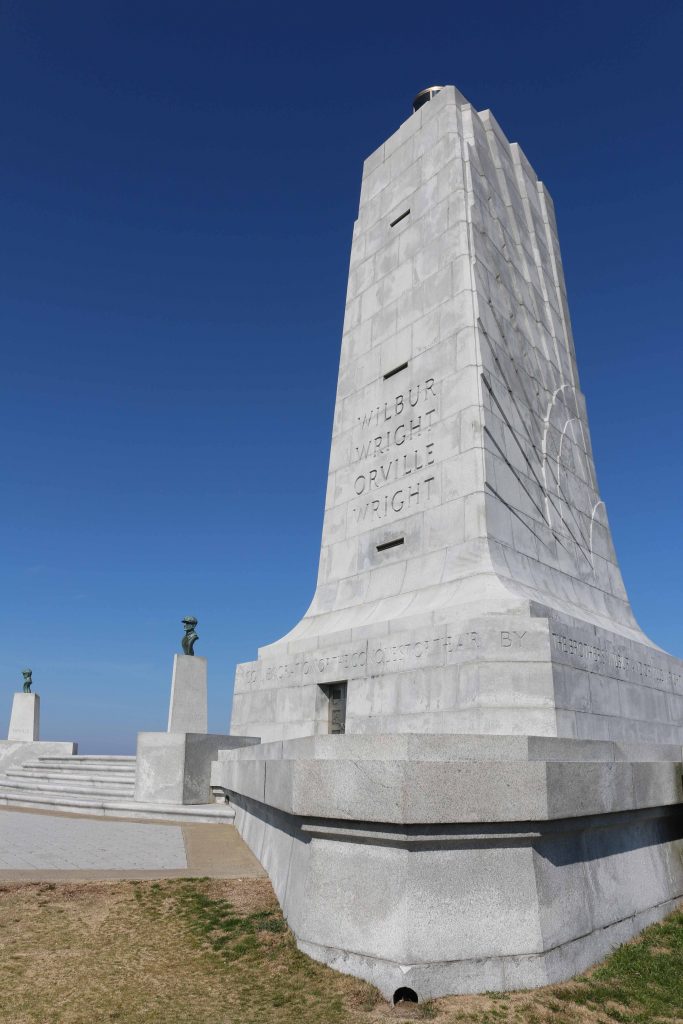


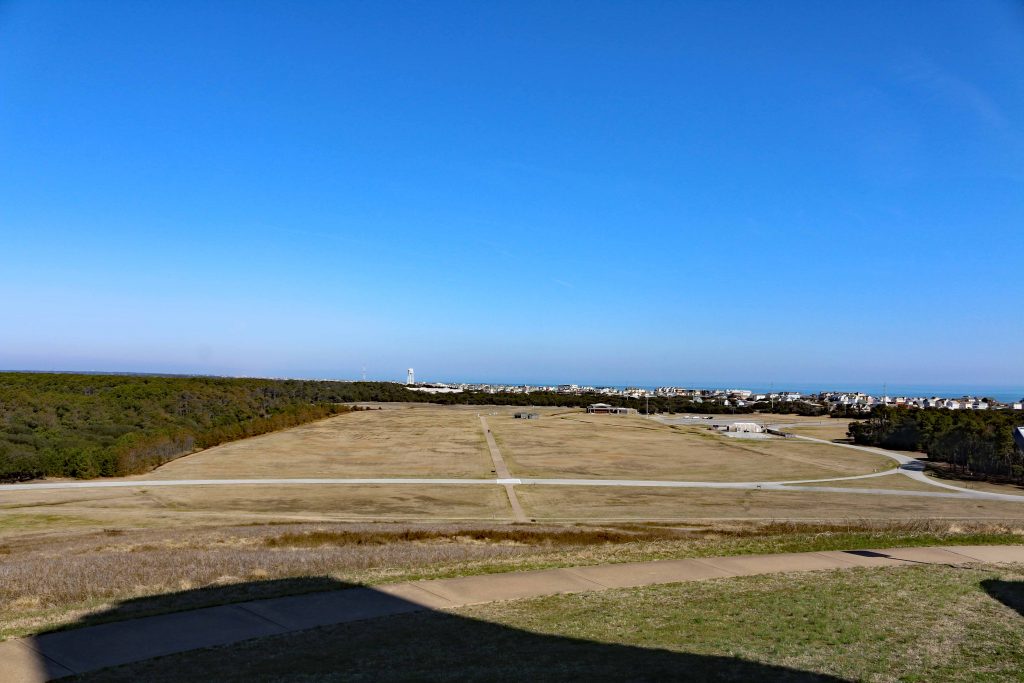
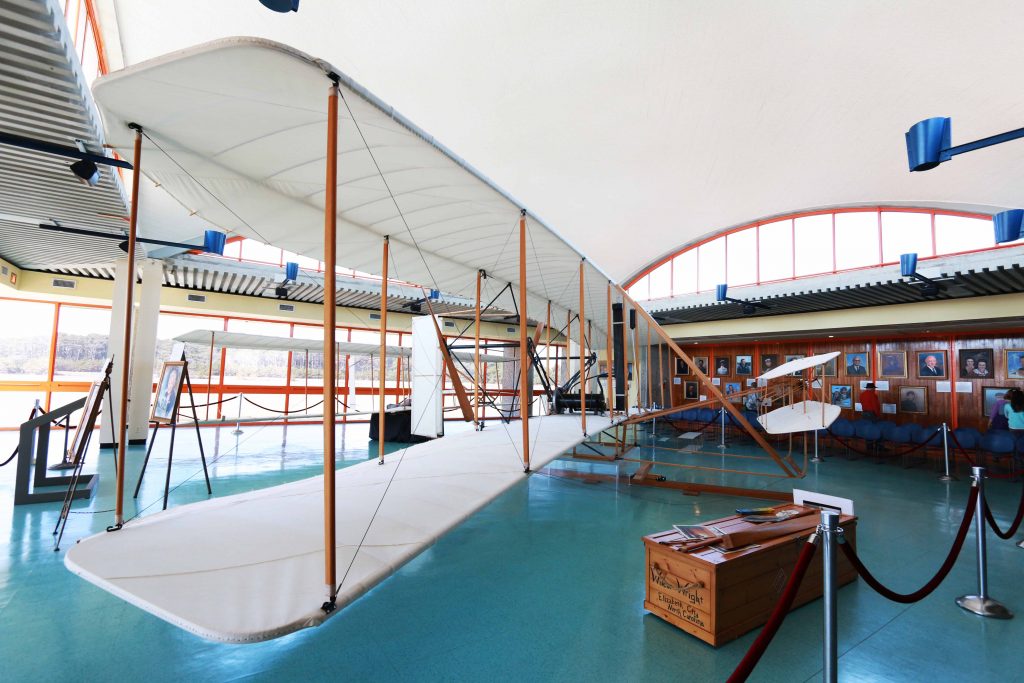
.






Miscellaneous Pictures of Aircraft of General Aviation Aircraft Follow.
The following set of rules was found at the Grand Haven, Michigan airport. These were the rules when the pilot siting in the left seat believed that the pilot in command knew everything and did not need any assistance from anyone. Today the FAA stresses the use of cockpit resource management. This is true for all types of aircraft. In fact for the operation of a drone, the pilot in command has to have an observer for all flight operations.

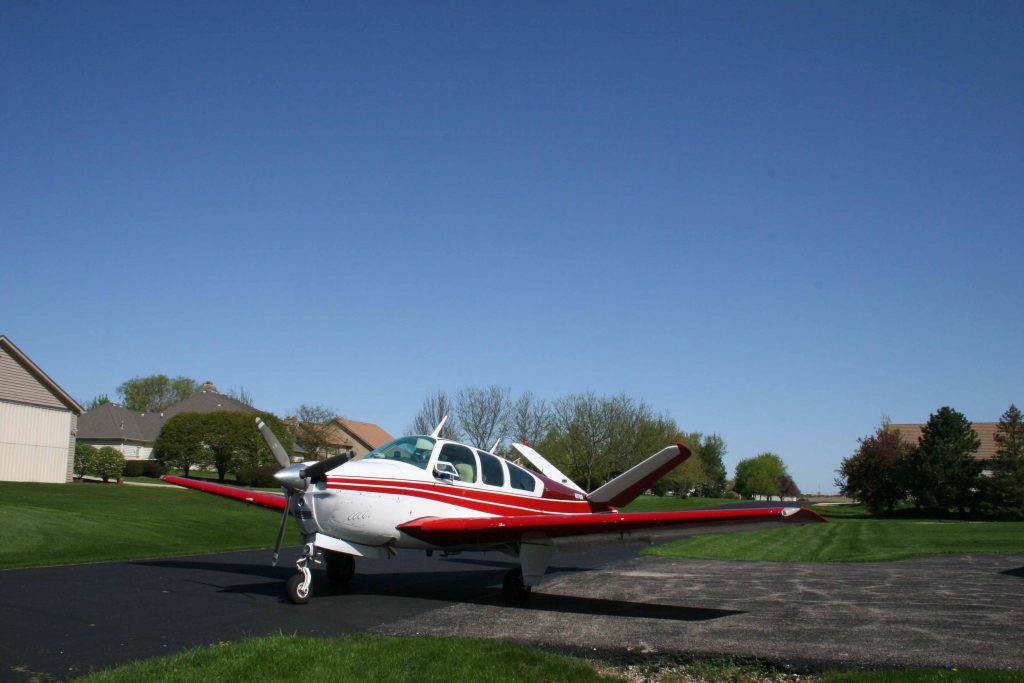
Has been in continuous production longer than any other aircraft.


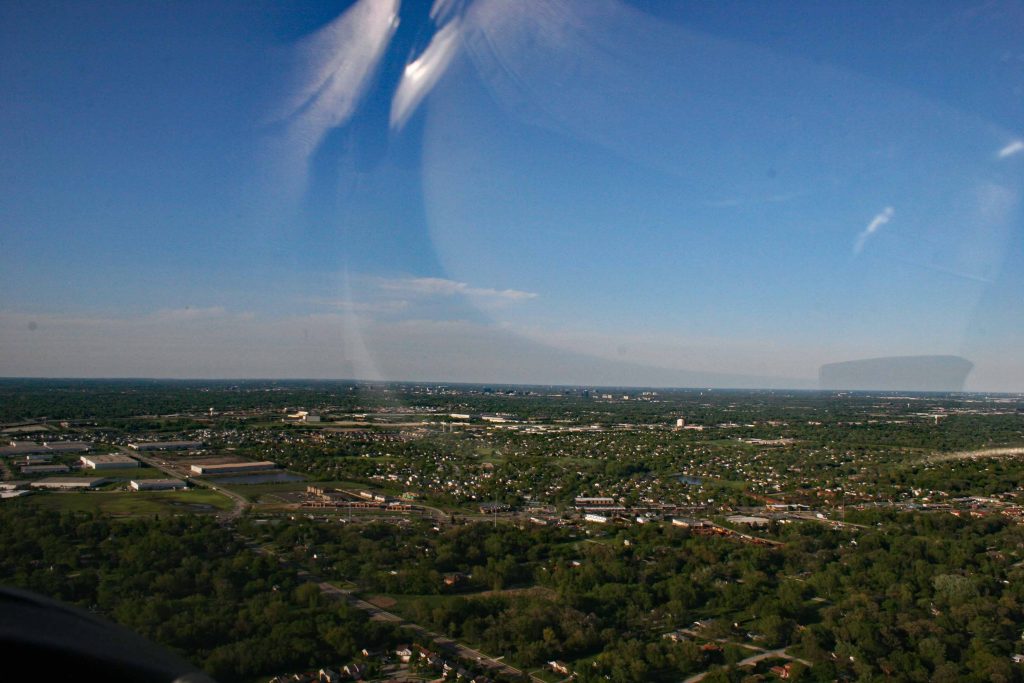
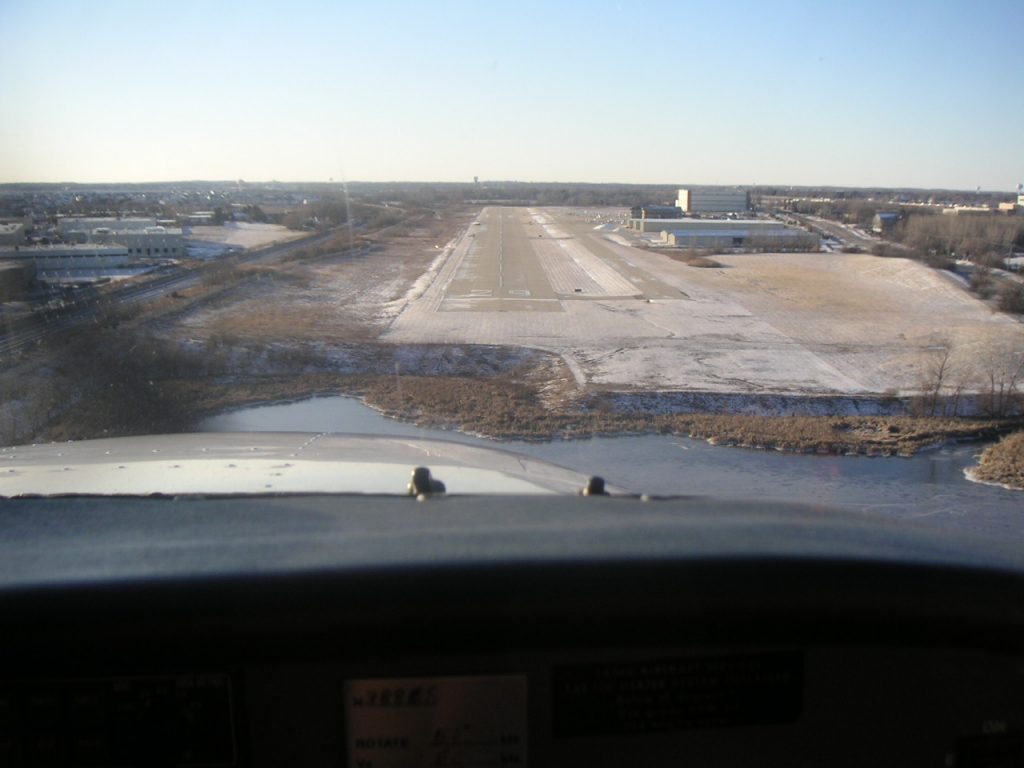

Flying west of Chicago.

N388ES
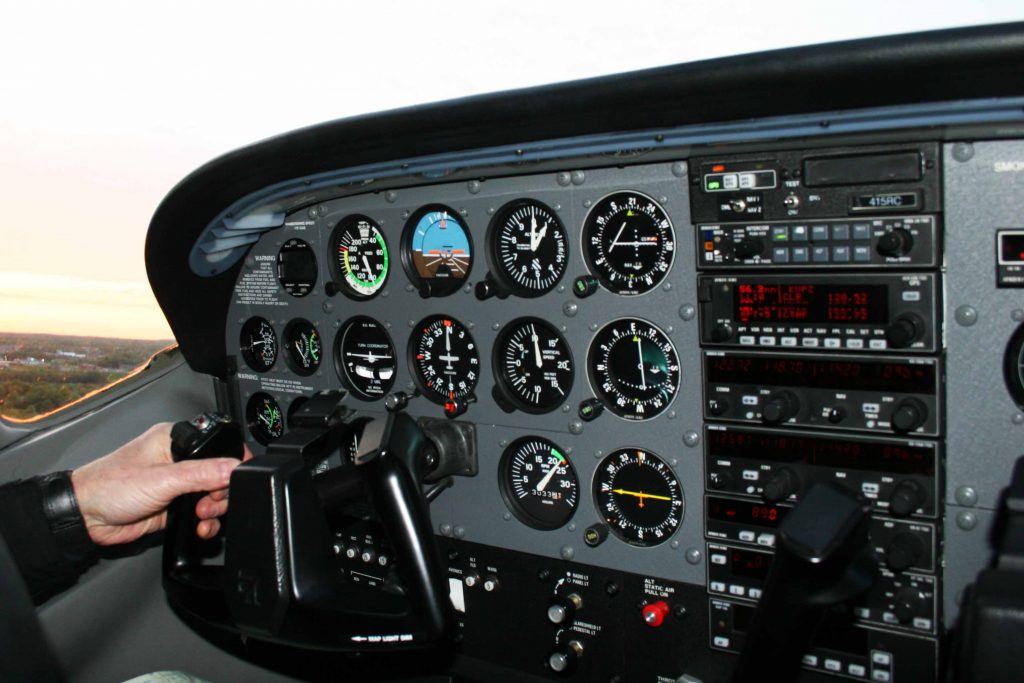

WINTER PICTURES


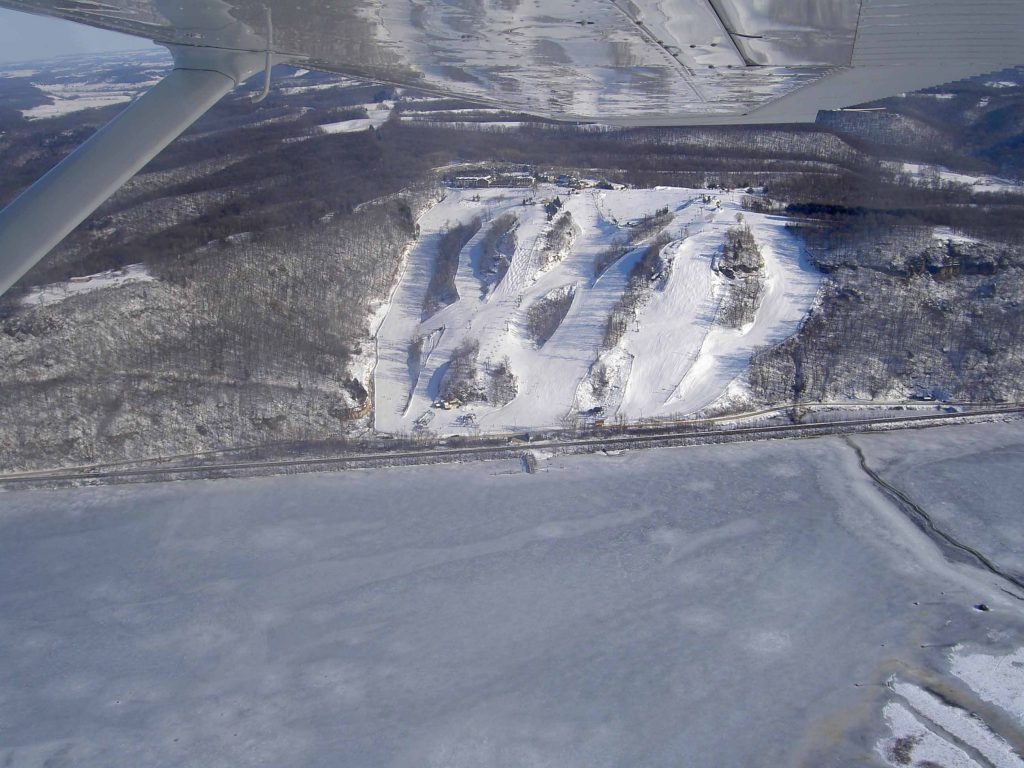
FALL

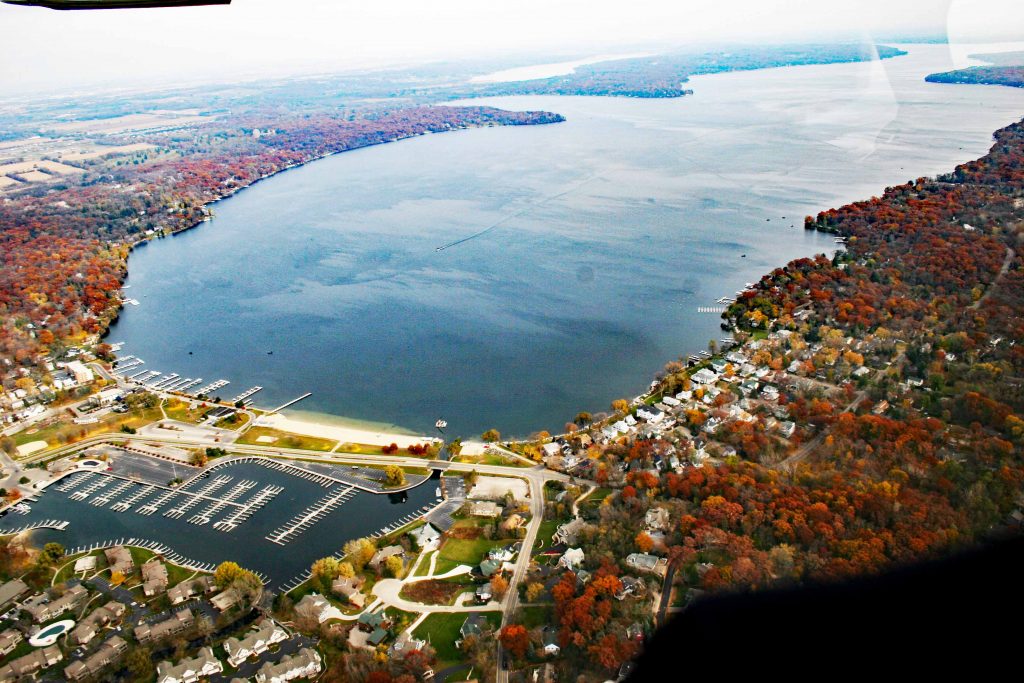
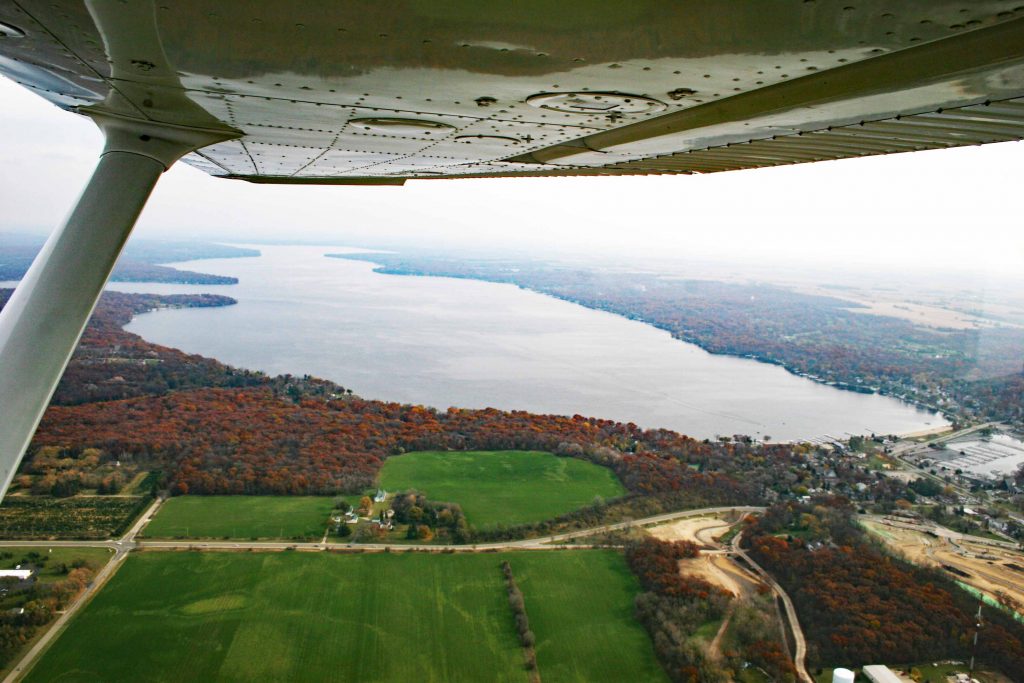



.

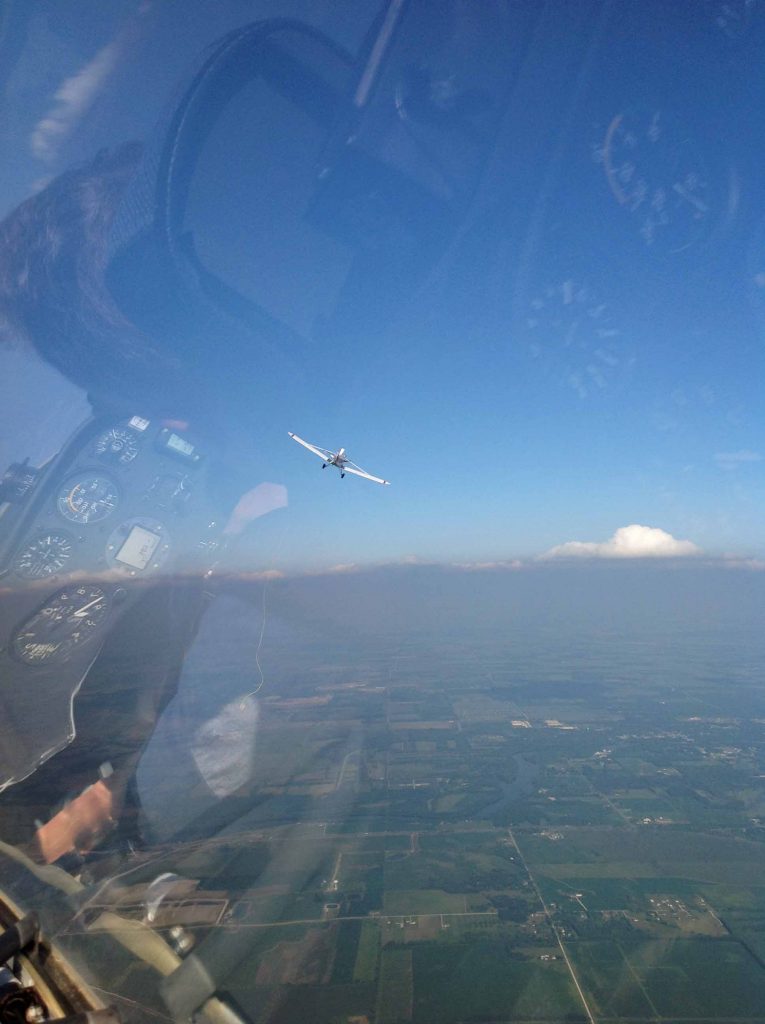
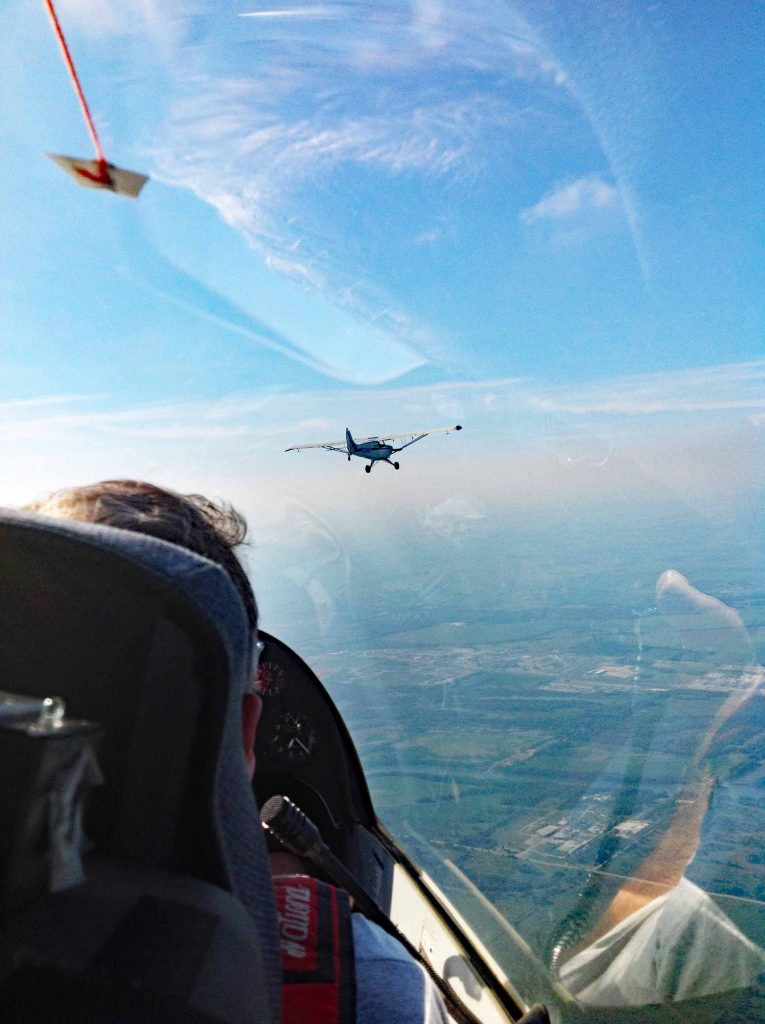


Lima Lima Team




MILTARY AIRCRAFT
NATIONAL MUSEUM
NAVAL AVIATION

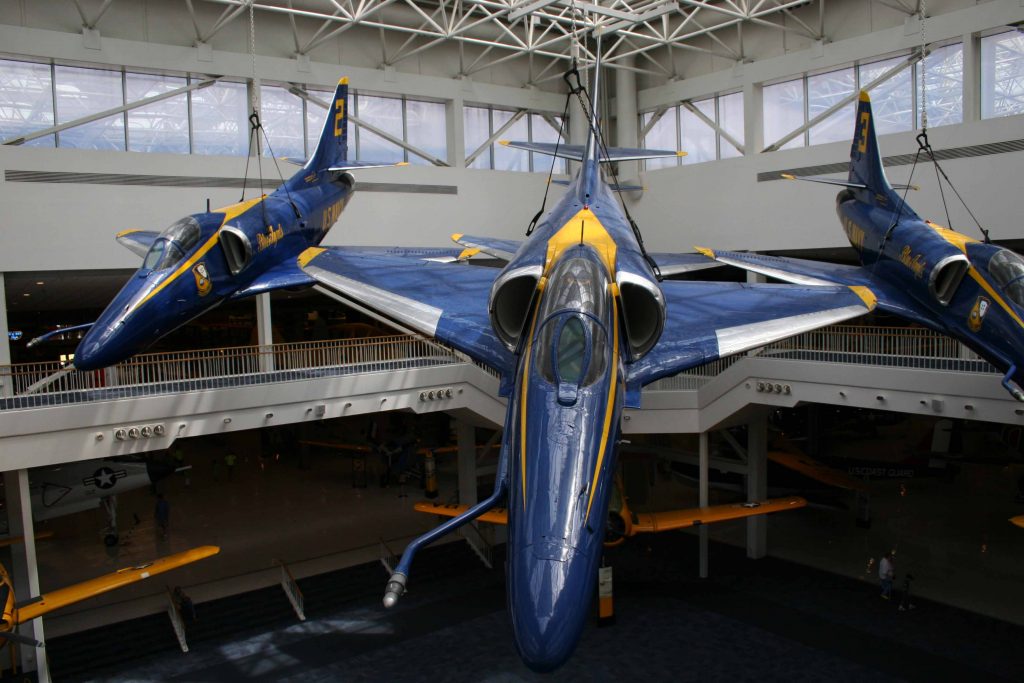


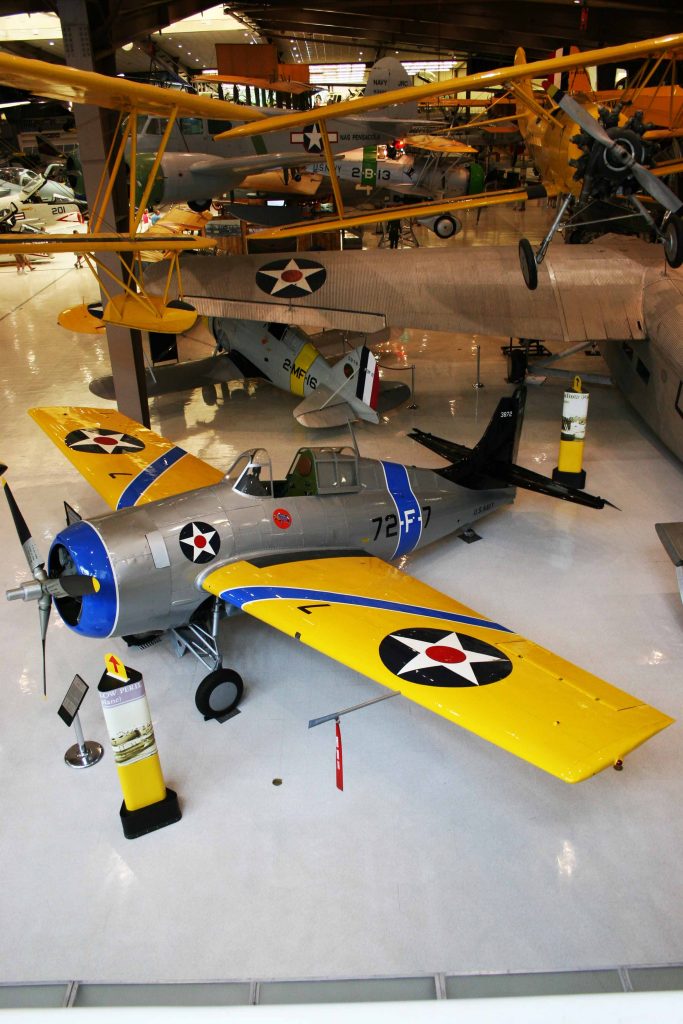

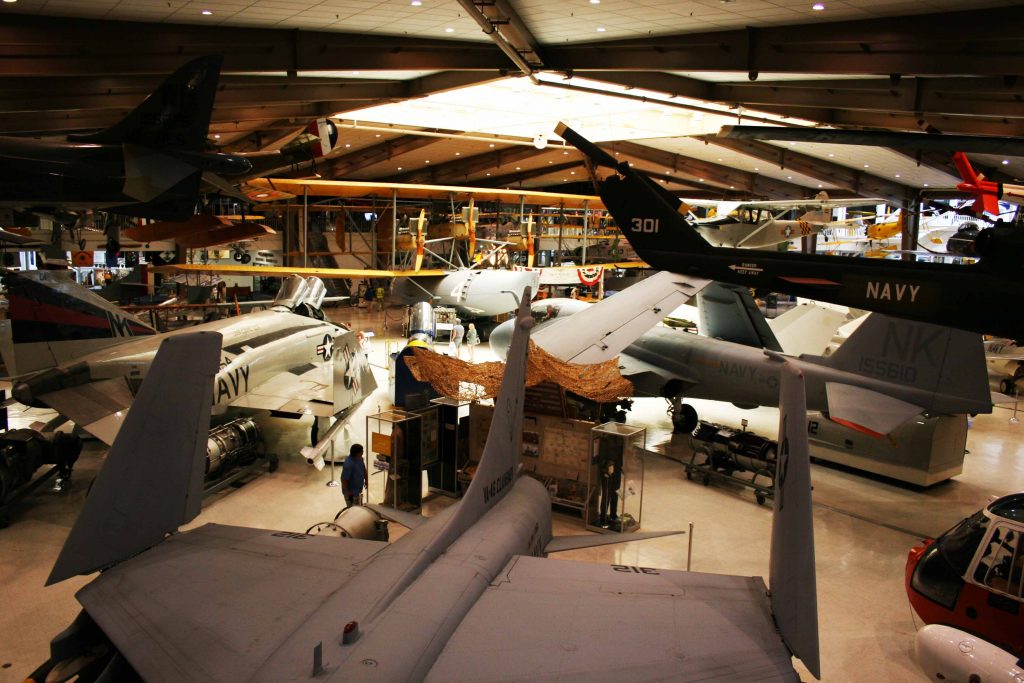

Miscellaneous Aircraft

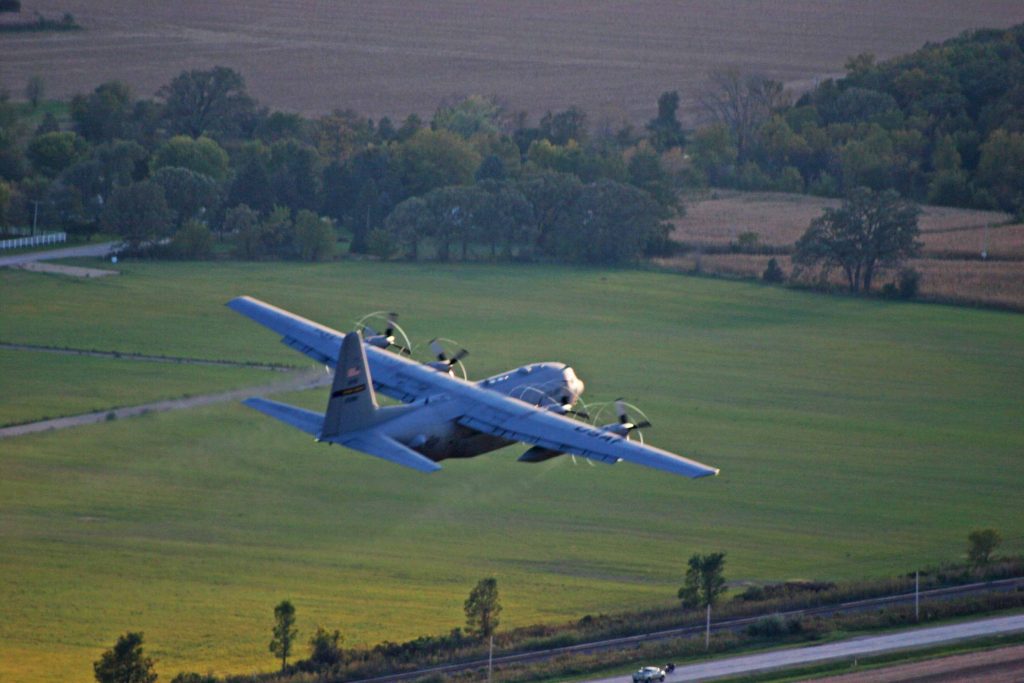
For history of the this aircraft go to the following link:
http://www.lockheedmartin.com/en-us/news/features/history//hercules.hmt



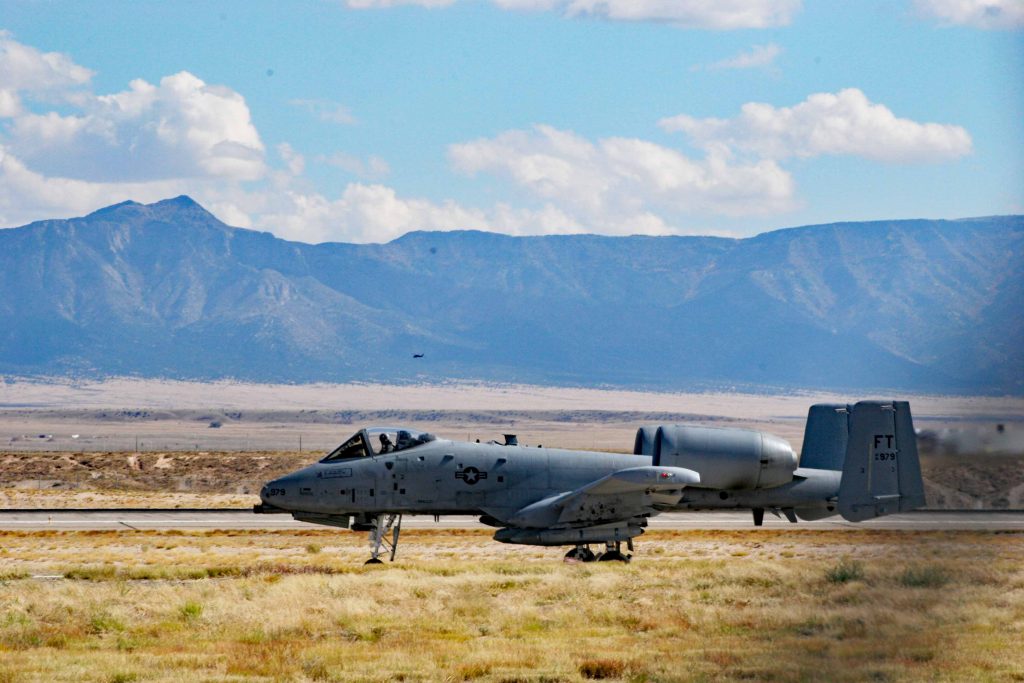



Commercial Aircraft.
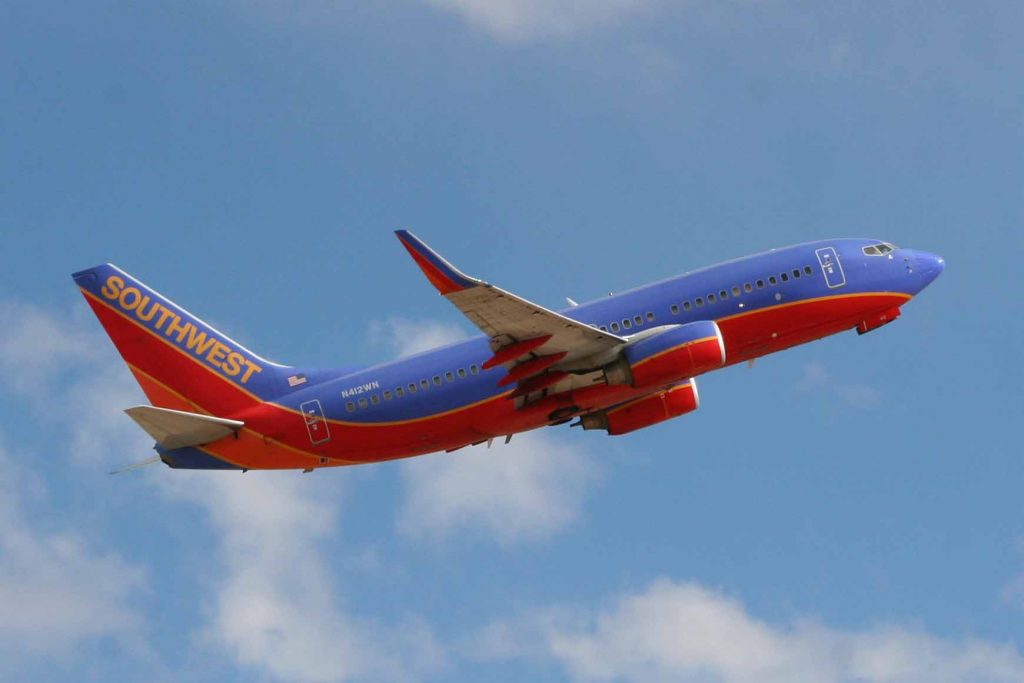
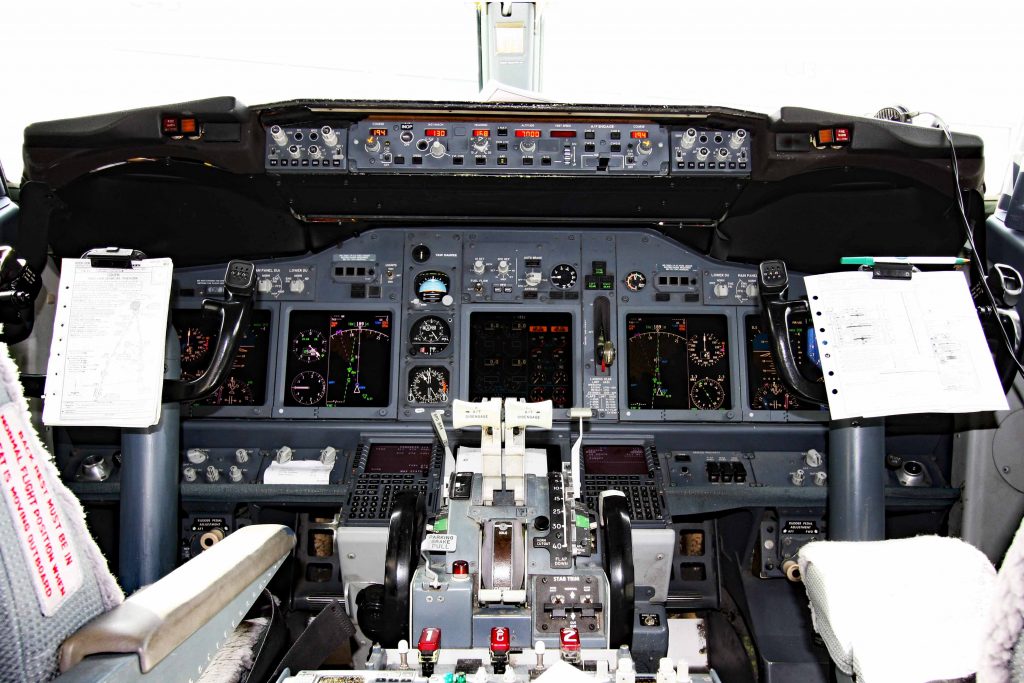
FLIGHT ALONG SOUTH COAST OF FLORIDA ON THE GULF OF MEXICO
The flight at the very southern end of Marco Island and proceeds north toward Naples and then a few pictures on the way to Venice.










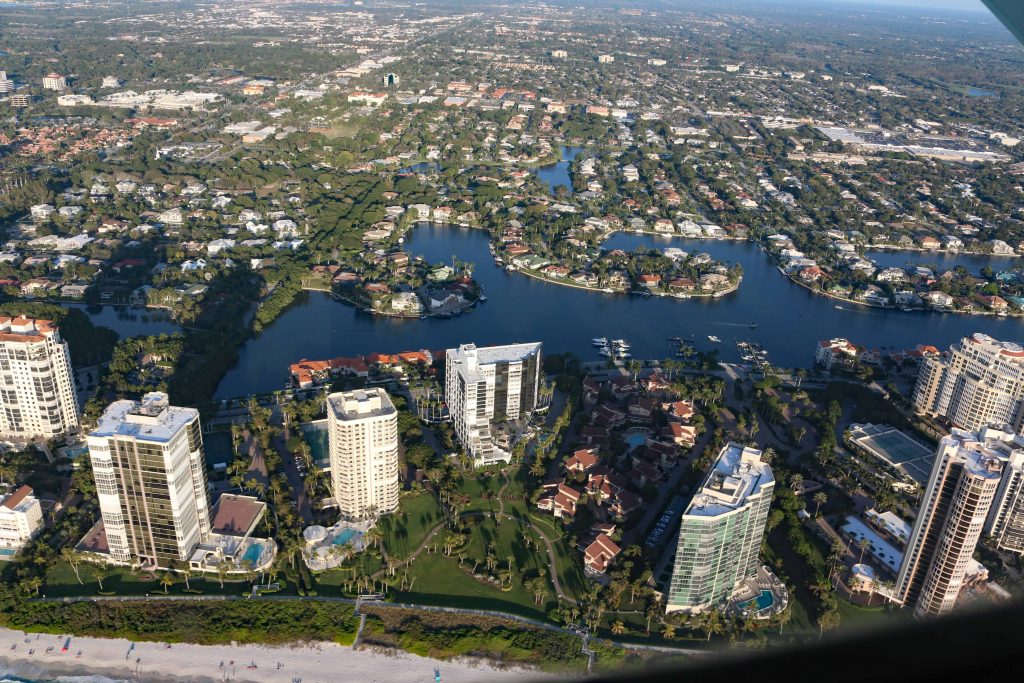

CONTINUING NORTH FROM NAPLES.





